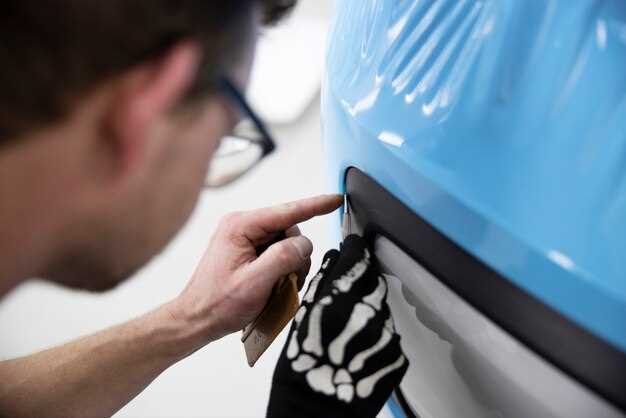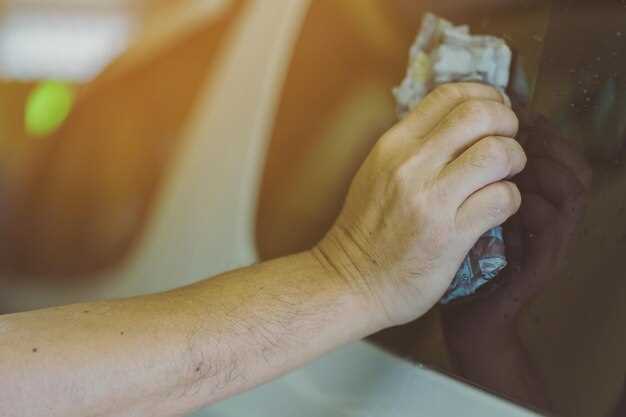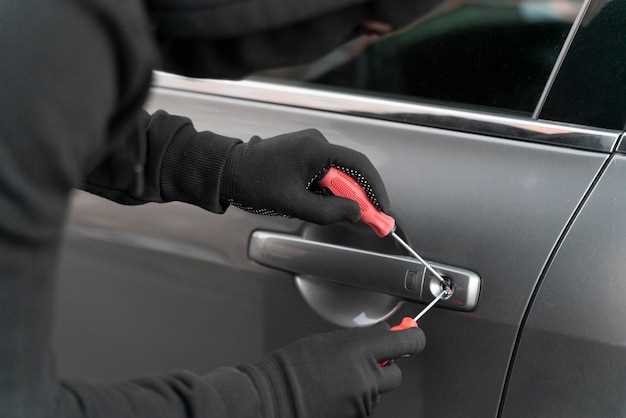
Scratches on surfaces, particularly on cars, can be unsightly and diminish the overall aesthetic appeal of your vehicle. The good news is that there are safe and effective methods for scratch removal that can restore the appearance of your beloved car without the need for expensive repainting. Understanding these techniques not only helps maintain the value of your vehicle but also enhances your pride in ownership.
Whether the scratches are shallow or deep, selecting the appropriate removal method is crucial. Each technique varies in effectiveness depending on the depth of the scratch and the type of surface finish. Using gentle, non-abrasive materials ensures that you do not damage the paint further, allowing for a smooth correction with minimal risk. It’s important to approach this process with caution and knowledge to achieve the best results.
In this article, we will explore various safe methods for removing scratches from different surfaces, focusing on effective strategies specifically tailored for automotive paint. By following these guidelines, you can tackle scratches with confidence and preserve your car’s aesthetic integrity.
Using Toothpaste for Minor Car Paint Scratches
Toothpaste is a popular and effective method for removal of minor scratches on car paint. This household item acts as a mild abrasive, which can help to buff out superficial marks without damaging the underlying paint.
Start by cleaning the scratched area thoroughly with soap and water to remove dirt and debris. Ensure the surface is dry before applying toothpaste. Use a non-gel toothpaste, preferably one that contains baking soda for enhanced scratch removal properties.
Apply a small amount of toothpaste directly onto a soft, clean cloth. Gently rub the toothpaste onto the scratch in a circular motion, applying light pressure. Focus on the scratch area for about 30 seconds to one minute, as this will allow the toothpaste to polish the paint.
After buffing, wipe away any excess toothpaste with a damp cloth, and inspect the results. For deeper scratches, you may need to repeat the process or consider additional methods for paint removal.
Finally, after you achieve the desired results, it is advisable to apply a coat of wax to protect the paint finish and maintain the vehicle’s shine.
Applying Rubbing Compound for Deeper Surface Marks

When dealing with deeper scratches on a car’s surface, using a rubbing compound can be an effective method for scratch removal. This product works by grinding away the top layer of clear coat and paint, allowing for smoother surface restoration.
Before beginning the process, ensure the area is clean and free from dirt and debris. Use soap and water to wash the scratched area, then dry it thoroughly with a microfiber cloth. This step is crucial to avoid causing further damage during the removal process.
Apply a small amount of rubbing compound to an applicator pad or a soft cloth. It’s important to use a product designed specifically for automotive surfaces to prevent any additional scratches or damage. Gently work the compound into the scratch in a circular motion, applying light pressure. This action helps to blend the damaged area with the surrounding paint.
After working the compound into the scratch, allow it to dry to a haze–typically a few minutes. Once dried, use a clean, soft cloth to buff the area, removing any excess compound. This buffing action not only enhances the shine but also smooths out any imperfections left behind.
For best results, it’s recommended to follow up with a high-quality wax or sealant to protect the freshly restored surface. This additional layer will help maintain the car’s appearance and safeguard against future scratches.
Remember that while rubbing compounds can effectively reduce the appearance of scratches, they are not a miracle solution. Deep scratches may require professional intervention if the damage is severe or reaches the underlying layers of paint.
Evaluating Scratch Removal Kits: What to Look For

When considering scratch removal kits for your car, it’s essential to assess several key factors to ensure effective removal without damaging the paint. A high-quality kit should include various abrasion levels, tailored for different scratch depths.
1. Type of Scratch Removal Compound: Look for kits that offer suitable compounds, such as polishing compounds or scratch removers specifically formulated for automotive paints. These should effectively bond with the car’s surface, preventing further damage.
2. Applicator Tools: The kit should come with appropriate applicator pads or microfiber cloths. These tools facilitate even application and enhance the effectiveness of the removal process while being gentle on the paint finish.
3. Clear Instructions: A good kit provides clear, step-by-step instructions. This guidance is crucial for achieving optimal results, particularly for those who may not have experience with scratch removal.
4. Compatibility: Ensure the products in the kit are compatible with your vehicle’s paint type. Different finishes, such as metallic or matte, may require specific removal techniques or products to avoid unintended damage.
5. Customer Reviews: Researching customer feedback can offer insights into the kit’s effectiveness. Look for reviews highlighting successful scratch removals and positive experiences with the product.
6. Safety and Environmental Considerations: Lastly, choose kits that use safe, non-toxic ingredients. This consideration not only protects your car’s finish but also promotes environmental well-being.
By carefully evaluating each of these aspects, you can select a scratch removal kit that effectively restores your car’s appearance without compromising the integrity of its paint.




